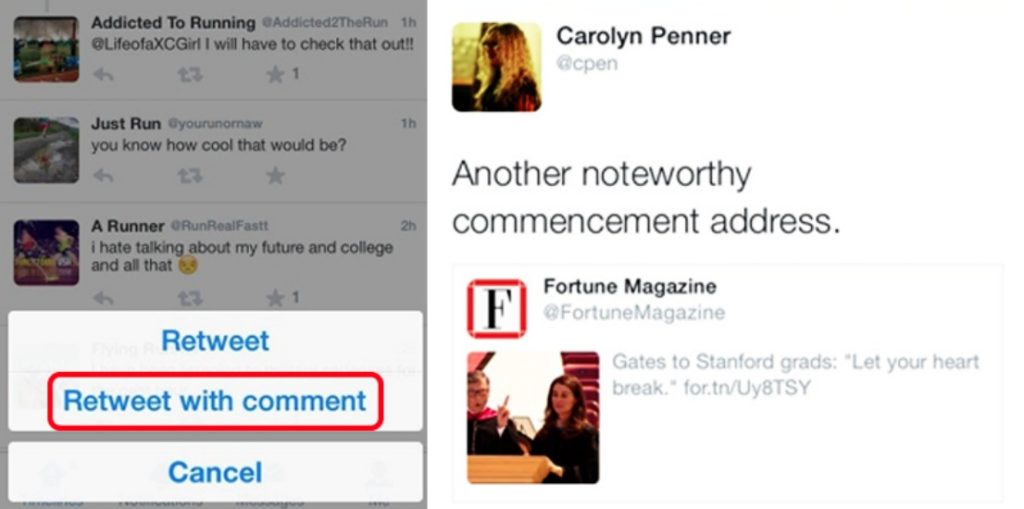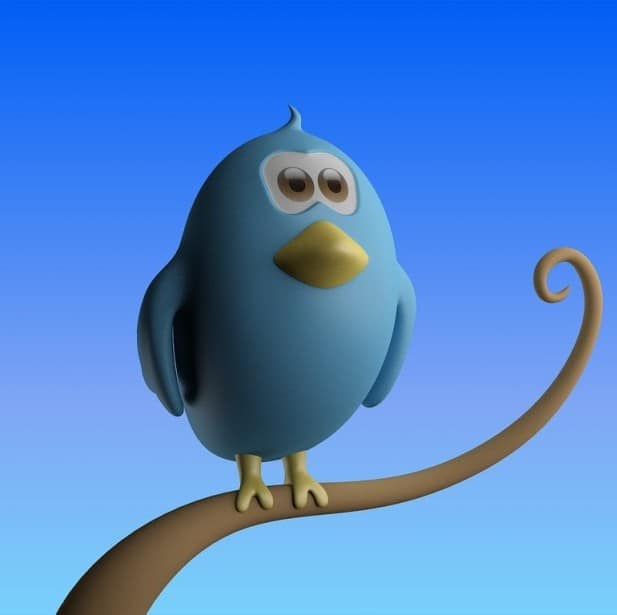What Black Twitter demands, Black Twitter gets.
So is the case with the official arrival of diverse emojis that finally made their way to Apple device owners everywhere who installed the latest iOS update.
The new update comes with an abundance of new features but none seemed to take over social media quite like the introduction of the long-awaited Black emojis.
From now on, texting and tweeting will never be the same.
Black users can now set their Apple devices to use a plethora of icons that more closely identify with their own appearance.
In usual Black Twitter fashion, users celebrated the new diverse faces with comedic tweets.
“Y’all finna see this Black power fist all over your time TL,” one user tweeted.
Another wrote, “Shoutout to this Black queen emoji! Let our girls know!”
“#ByeFelicia has so much more impact with this dark-skin hand next to it,” another quipped.
Of course, the wave of celebrations was short-lived for some who couldn’t help but look to the future and sigh at what is only the inevitable.
“Y’all gonna rethink asking for these diverse emoji when someone hits you w/ a little black face next to watermelon during a racial spat,” one user tweeted.
Another added that the diverse emojis will take over as the “Black best friend” excuse.
“White people gonna be like I’m not racist. I use black emoji all the time,” the tweet read.
Others acknowledged that the new emojis are certainly going to shake up social media and disturb racists, but they didn’t seem too concerned about their possible reactions.
“Oh man, I can’t wait to use this new black Santa emoji to enrage conservative friends and family next holiday season,” another user wrote.
In fact, controversy has already been bubbling with some users getting a head start on making offensive posts about the diverse digital faces.
“Where’s the emoji for black on black crime,” one user wrote.
Still, no tweet garnered as much backlash as Clorox’s failed attempt to ask for a bleach emoji.
With the addition of 300 new emojis there are certainly a lot more symbols for users to play with and only time will tell what new meanings the Black Twitter subculture will give to the new icons.
After all, it would be hard to find a single person who identifies as a part of Black Twitter who uses the eggplant emoji to symbolize the unpopular fruit.
Among the 300 new emojis, however, a bottle of bleach was not present, which drove Clorox to send out its own misguided request.
“New emojis are alright but where’s the bleach,” the tweet read along with a bottle of bleach composed of emojis.
It wasn’t long before the social media site was sent into a frenzy.
“You guys couldn’t possibly think that tweet would be a good idea,” one user wrote.
Another added, “Someone’s social media intern is in deep [poop emoji].”
Others questioned if the tweet was purposefully offensive or just the result of someone not thinking things all the way through.
“I don’t even think they were trying to be racist,” one tweet read. “Just bein stupid.”
“Ah… Should have ran that by someone first. Bad call,” another tweeted with a screenshot of Clorox’s controversial post read.
Clorox has since responded and insisted that it had no intention to hurt or offend anybody.
The tweet was definitely a misstep as far as interpretation and showed a lack of consideration of the current landscape on social media as race relations continue to crumble in America.
Either way, the Clorox tweet should be the least of Black Twitter’s problems.
According to a report released in 2014, 50 percent of Clorox’s independent board of directors are “minorities” and roughly 10 percent of their employees are Black.
While that number can certainly use a boost, it’s actually a larger number than the current percentage of Black employees at companies like, oh let’s say, Twitter and Apple.
Only about 2 percent of Twitter’s own workforce is Black and Apple shouldn’t be excused for its own diversity issues simply because it rolled out some diverse emojis under serious pressure from their consumers.
While it’s refreshing to see Black social media users attempting to take on the watchdog role against would-be racist corporations, their focus on a Clorox bottle tweet may also be a little misguided when the very platform they are using to launch the attacks seems to show no interest in hiring any of them.
Meanwhile, in the midst of the diverse emoji celebrations, nobody has mentioned the fact that there are now probably more Black people on an iPhone’s keyboard than there are actually working at Apple.










